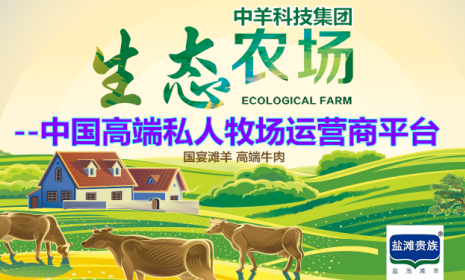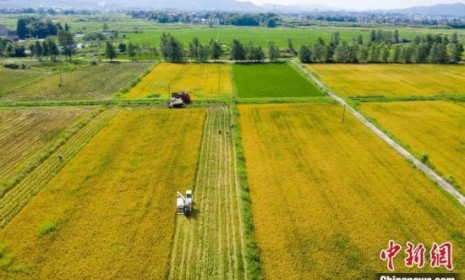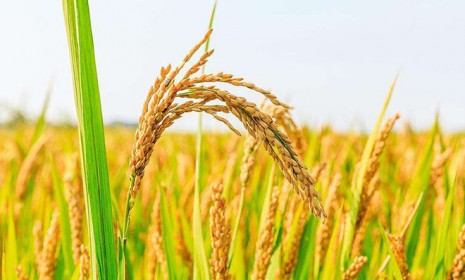近日,华中农业大学果蔬园艺作物种质创新与利用全国重点实验室、园艺林学学院郭文武教授团队在The Plant Journal上发表了题为“CsCPC, an R3-MYB transcription factor, acts as a negative regulator of citric acid accumulation in Citrus”的研究论文。
柑橘作为全球第一大水果品种,也是我国南方最重要的经济果树之一,其果实主要用于鲜果市场,提升果实品质是柑橘品种改良的核心目标。柠檬酸作为柑橘果实中最主要的有机酸,占据柑橘果实有机酸总量90%以上,显著影响果实风味。深入探讨柑橘果实中柠檬酸积累机制,对于揭示其分子基础和推动柑橘品质改良具有重要的科学意义。
为深入解析柠檬酸积累的分子机制,团队利用早期以二倍体HB柚为母本与异源四倍体体细胞杂种“甜橙+红橘”(细胞融合技术创制)为父本倍性杂交创制的三倍体有性杂交群体为材料,经过多年品质评价,筛选获得了1对柠檬酸差异积累的三倍体,为解析柑橘柠檬酸代谢调控机理研究提供了理想材料。
通过对两个三倍体不同发育期果肉的比较转录组分析,鉴定获得了1个具有R3结构域的MYB转录因子—CAPRICE(CsCPC)。通过CsCPC基因功能验证(包括在柑橘愈伤组织和金柑果实中过表达以及在柠檬叶片中的RNAi沉默),发现CsCPC转录因子通过抑制液泡膜质子泵相关基因CsPH1和CsPH5的表达负向调控柠檬酸积累;生化互作实验表明,CsCPC可与CsPH4竞争性结合CsAN1蛋白,抑制CsPH4-CsAN1转录复合体的形成,从而通过抑制CsPH5表达使得果实中柠檬酸含量降低。而CsPH4可反馈激活CsCPC表达,形成负反馈调节环,防止柠檬酸过量积累。综上所述,该研究揭示了CsCPC和CsPH4通过构建一个“激活-抑制”的反馈回路,协同控制柠檬酸积累的机理,为柑橘果实风味改良提供了理论依据。
华中农业大学2023级果树学博士研究生王婷婷和已毕业博士生宋鑫为该论文共同第一作者,解凯东副教授为通讯作者,郭文武教授和伍小萌教授等参与了研究工作。该研究依托华中农业大学果蔬园艺作物种质创新与利用全国重点实验室平台,受到国家重点研发计划课题、国家自然科学基金和现代农业产业技术体系资助。
【英文摘要】
The citric acid accumulation during fruit ripening determines the quality of fleshy fruits. However, the molecular mechanism underlying citric acid accumulation is not clearly understood yet in citrus due to the scarcity of paired germplasm that exhibits significant difference in organic acid accumulation. Two citrus triploid hybrids with distinct citric acid content in their mature fruits were herein identified from a previously conducted interploidy cross in our group, providing an ideal paired material for studying acid accumulation in citrus. Through a comparative transcriptome analysis of the pulps of the above two triploid hybrids, an R3-MYB transcription factor, CAPRICE (CsCPC), was identified to be a regulator of citric acid accumulation in citrus fruits. Through transgenic experiments involving overexpression (in callus and kumquat fruits) and RNAi (in lemon leaves), we demonstrated that CsCPC suppresses citric acid accumulation by negatively regulating the expression of CsPH1 and CsPH5. Moreover, CsCPC competed with an R2R3-MYB CsPH4 for binding to ANTHOCYANIN1 (CsAN1) and thus disturbed the activation of CsPH1 and CsPH5 that encode vacuolar P-ATPase, which eventually led to a decrease in citric acid content. CsPH4 activated the expression of CsCPC and thus formed an activator–repressor feedback loop, which ultimately inhibited citric acid accumulation in citrus fruit. In summary, this study reveals a new regulatory mechanism of CsCPC-mediated inhibition of citric acid accumulation in citrus fruits, which would support the improvement of citrus fruit quality.
日期:2025-02-03


















